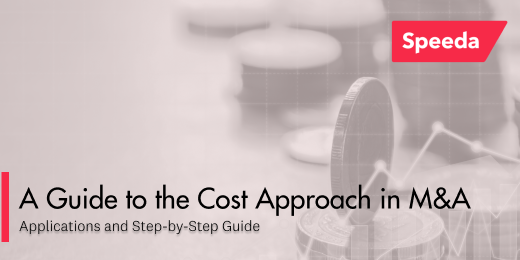Resource Center
A Guide to the Cost Approach in M&A: Applications and Step-by-Step Guide

Summary
Understand the cost approach in M&A with our step-by-step guide. Learn how to value a business based on its assets and liabilities for accurate valuations.
The cost approach to valuing a business is centered on the company’s balance sheet. This method meticulously evaluates the company’s assets and liabilities to establish a valuation based on the fair market value rather than the book value recorded under accounting standards. By revaluing each asset and liability, the cost approach aims to create a market-based balance sheet that reflects the true economic value of a business. This approach is particularly beneficial in certain scenarios, providing a clear and detailed picture of a company’s worth that can aid in various strategic decisions, including mergers and acquisitions (M&A).
Situations Where the Cost Approach is Appropriate
The cost approach is not universally applicable but excels in specific circumstances. It is particularly effective when precise valuations of tangible assets are necessary, providing a reliable benchmark in contentious situations. Here are key scenarios where this method proves appropriate:
Litigation Purposes: When a business valuation is required for legal disputes, the cost approach is often preferred due to its straightforwardness and clarity. It provides a transparent method for valuing the company’s tangible assets, which can be critical in court cases where asset values are contested.
Asset-Holding Companies and Small Manufacturers: For businesses that rely heavily on tangible assets, such as real estate holding companies or small manufacturing firms, the cost approach is highly relevant. These companies’ value is closely tied to their physical assets, making this method a practical choice.
Conflicting Appraisal Evidence: In situations where there are significant discrepancies between different valuation methods or conflicting appraisal evidence, the cost approach can serve as a useful reference point or “floor” value. It provides a baseline that ensures the company is not undervalued, offering a sanity check against other valuation methods.
Negotiations in M&A: During M&A transactions, the cost approach allows buyers and sellers to negotiate more effectively by assigning specific values to individual assets and liabilities. This detailed breakdown helps in bridging the gap between asking and offer prices, facilitating smoother negotiations.
Allocation of Purchase Price: Post-acquisition, the cost approach is useful for allocating the purchase price for tax and accounting purposes. It helps in the precise valuation of acquired assets and liabilities, ensuring compliance with accounting standards and tax regulations.
Start-Ups and Liquidations: For start-up companies with uncertain future cash flows or businesses in liquidation, the cost approach provides a pragmatic method for valuation. It focuses on the replacement cost of tangible assets, which can be more reliable than speculative income projections.
Comparison with Other Valuation Methods
While the cost approach is a robust method for valuing a business’s tangible assets, it is essential to understand how it compares with other valuation methods. Different scenarios and business types may necessitate alternative approaches to achieve the most accurate valuation. Here’s a brief comparison of the cost approach with the market and income approaches:
Market Approach:
Unlike the cost approach, the market approach estimates value based on the sale price of comparable companies in the market. It relies heavily on market data and comparable transactions to gauge what buyers are willing to pay.
Income Approach:
This method values a company based on its ability to generate future income. The most common techniques include discounted cash flow (DCF) analysis, where future cash flows are projected and discounted back to their present value. This approach focuses on the company’s profitability and growth potential.
Steps to Apply the Cost Approach
Applying the cost approach in valuation involves a detailed and methodical process to ensure an accurate assessment of a company’s worth. By revaluing assets and liabilities to reflect fair market values, this method provides a comprehensive view of the business’s true economic position. Below are the essential steps to effectively implement the cost approach:
Step 1. Identify All Assets and Liabilities:
Compile a comprehensive list of the company’s assets and liabilities, including those not typically recorded on the balance sheet, such as intangible assets (e.g., patents, trademarks) and contingent liabilities (e.g., pending litigation, potential tax audits).
Step 2. Determine the Appropriate Standard of Value:
Establish the standard of value to be used, typically fair market value, to ensure consistency and relevance in the valuation process.
Step 3. Revalue Tangible Assets:
Conduct appraisals to determine the current fair market value of tangible assets such as real estate, machinery, equipment, and inventory. This may require the expertise of external specialists for accurate valuations.
Step 4. Assess Intangible Assets:
Evaluate the fair market value of intangible assets not recorded on the balance sheet, including internally generated assets like goodwill, brand value, and intellectual property. Methods such as the relief from royalty approach or excess earnings method can be used for this purpose.
Step 5. Adjust for Contingent Liabilities:
Identify and estimate the potential impact of contingent liabilities. This includes assessing the likelihood and financial impact of items such as legal disputes, warranties, and environmental liabilities.
Step 6. Convert Financial Statements to Accrual Basis (if needed):
If the company’s financial statements are prepared on a cash basis or tax basis, convert them to an accrual basis. This adjustment ensures that all receivables, payables, and accrued expenses are accurately reflected.
Step 7. Create a Market-Based Balance Sheet:
Using the revalued amounts, prepare a new balance sheet that reflects the fair market value of the company’s assets and liabilities. This provides a more accurate depiction of the company’s financial position.
Step 8. Calculate Net Asset Value (NAV):
Subtract the total fair market value of liabilities from the total fair market value of assets to determine the net asset value of the business. This figure represents the estimated value of the company based on the cost approach.
Step 9. Review and Validate the Valuation:
Conduct a thorough review of the revalued balance sheet to ensure all adjustments and appraisals are reasonable and well-documented. Validate the assumptions and methodologies used in the valuation process.
Step 10. Use as a Benchmark or for Further Analysis:
Use the resulting net asset value as a benchmark for negotiations in M&A transactions, for litigation support, or as a sanity check against other valuation methods. This step ensures that the cost approach valuation aligns with broader strategic and financial considerations.
Pros and Cons of the Cost Approach
The cost approach to business valuation has distinct advantages and disadvantages that make it suitable for certain situations while limiting its effectiveness in others. Understanding these pros and cons is crucial for determining when to apply this method. Below is a summary of the benefits and limitations of the cost approach, highlighting its practicality for asset-heavy businesses and its challenges in accounting for intangible value and future earning potential.
Pros of the Cost Approach
Clarity and Transparency:
The cost approach provides a clear and transparent method for valuing a company’s assets and liabilities. This transparency is particularly beneficial in legal disputes or negotiations, as it allows all parties to see the specific values assigned to each asset and liability.
Useful for Asset-Heavy Businesses:
This approach is highly effective for businesses with significant tangible assets, such as real estate holding companies, manufacturing firms, and asset-heavy industries. It provides a detailed valuation based on the actual physical assets of the business.
Establishes a Value Floor:
The cost approach can establish a “floor” value for the business, ensuring that the valuation does not fall below the net asset value. This can be a useful sanity check when compared with other valuation methods, ensuring the business is not undervalued.
Facilitates Negotiations:
By assigning specific values to individual assets and liabilities, the cost approach can facilitate more precise negotiations in M&A transactions. Buyers and sellers can negotiate on specific items, leading to more effective deal structuring.
Post-Sale Purchase Price Allocation:
After a deal is closed, the cost approach is useful for allocating the purchase price for tax and accounting purposes. It helps in precisely valuing the acquired assets and liabilities, ensuring compliance with accounting standards and tax regulations.
Cons of the cost Approach
Time-Consuming and Labor-Intensive:
The cost approach requires a significant amount of time and effort to identify and revalue every asset and liability separately. This process often involves detailed appraisals and may necessitate the involvement of external specialists.
May Not Reflect Intangible Value:
This method may not fully capture the value of intangible assets such as goodwill, brand value, customer relationships, and other intellectual property that are not easily revalued. Consequently, it may undervalue businesses where intangibles are a significant part of their worth.
Less Relevant for Service-Oriented Businesses:
For companies that rely heavily on intangible assets or have minimal physical assets, such as service-oriented businesses or technology firms, the cost approach may not provide an accurate reflection of the business’s value.
Potential for Outdated Valuations:
Assets are often recorded at historic cost under accounting standards, which may understate their current market value. This discrepancy requires adjustments to reflect fair market value, adding complexity to the valuation process.
Does Not Consider Future Earning Potential:
Unlike the income or market approaches, the cost approach does not take into account the future earning potential of the business. This can be a significant limitation, especially for growing companies or those with strong future prospects.
Complexity in Valuation Adjustments:
Adjusting the financial statements from a cost-basis to a fair market value basis can be complex, particularly when dealing with contingent liabilities, internally generated intangibles, or companies using non-standard accounting practices.
While the cost approach offers clear advantages in terms of transparency and utility for asset-heavy businesses, it also has significant limitations, particularly for businesses with substantial intangible assets or strong future earning potential. Careful consideration of these pros and cons is essential when choosing the appropriate valuation method.
Unlock the full potential of your business valuations with Speeda. Sign up for a free consultation or a trial to explore our comprehensive business intelligence platform, providing detailed insights and data on over 10 million companies across Southeast Asia. Get started today and make informed, strategic decisions with Speeda.



























